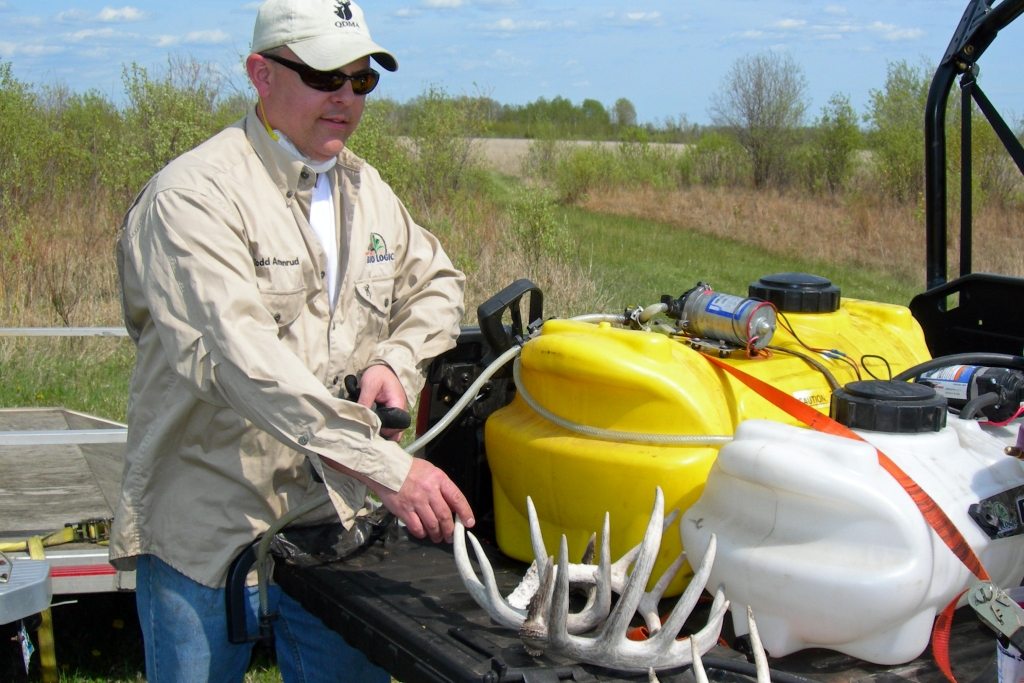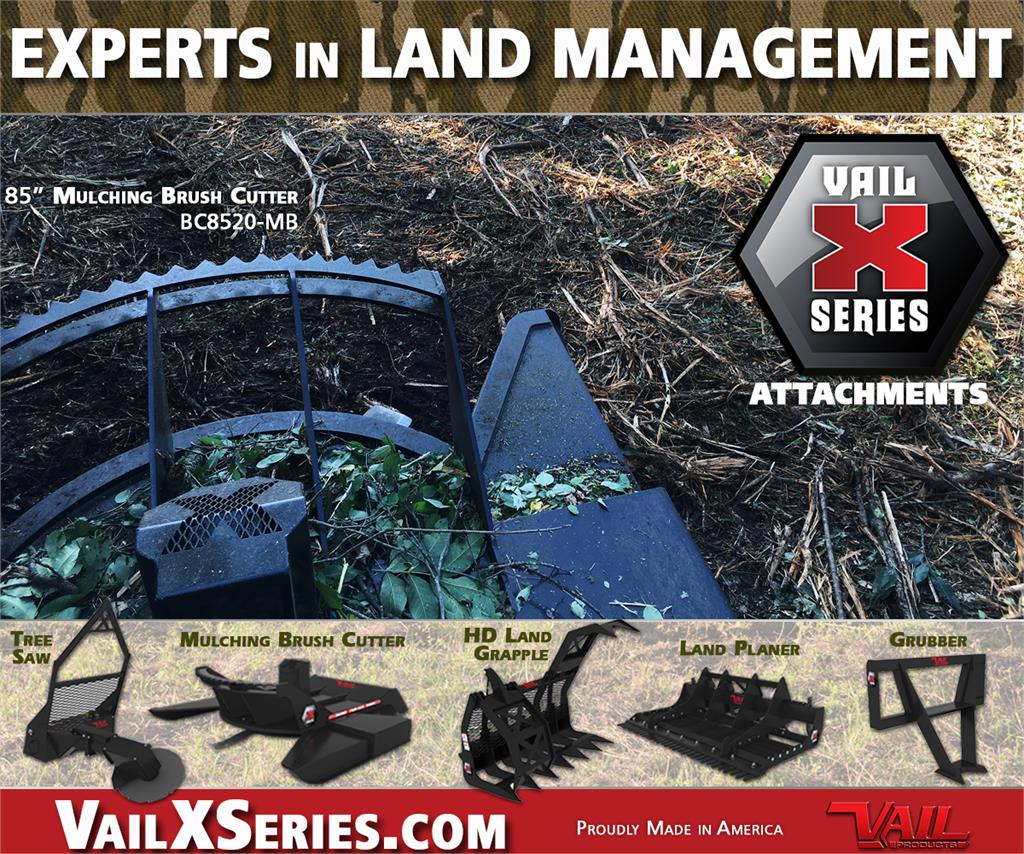
6 Hot Spots For Finding Shed Antlers
Shed hunting is all the rage now-days. People train their dogs specifically to find sheds, there are clubs and organizations devoted to the sport and shed hunting has become so popular that guided week-long “shed hunts” in prime areas can cost you $2,500 or more with food and lodging included. Fear not, sheds can be found in your own hunting area or on public land…for free. Here are the best spots to search;
1) Winter Food Sources
During this time of the year whitetails aren’t moving much unless they have to. They spend most of their time in their bedding area and in whatever their major food source is at that time. If there are brassicas or corn in the area, these would be the best places to begin, but any major food source is a good bet for sheds.
2) Deer Yards – Conifer Swamps with ample Browse Nearby
Whitetails spend most of their day during the winter in their “bedroom.” Most of the locations mentioned below would qualify as their bedroom, or what some would call their “core area,” “secure area,” or many other names – it’s basically the spot where they’re spending the greater part of the day. These spots will usually have protection from the wind, thermal cover and ample browse nearby.
3) Thick Stands Of conifers Or Other Thermal cover
When driving a snow-machine or ATV during this time of year you can definitely feel when you’ve crossed into an area with warmer temperatures, often caused by conifer trees absorbing and holding the heat from the sun. Even on a cloudy day, the dark canopy is gathering and holding radiant heat sent via infrared and ultraviolet energy from the sun. The heat transmission process includes the mechanics of thermal radiation and convection. The sun heats the conifer trees and the air current moves the heat around.
4) South And Southwest Facing Slopes Or Benches
Here again, we’re talking about your herd taking advantage of the sun’s energy. Because of the more direct angle to the sun on these southern exposures, besides the radiant energy, these spots likely have better, thicker cover and more browse due to increased stem density.
5) Freshly Logged Areas
In newly logged areas we have the warmth of the sun making it to the ground and obviously newly accessible browse. Even though browse is poor nutrition and difficult to digest when compared to food plot crops, whitetails for some reason must have it. This is especially so during the winter months.
6) Fence Crossings And Narrow Gully Or Creek Crossings
These features are Mother Nature’s “shed shakers.” Follow freshly used trails and look for places where a buck may have to jump or otherwise jar his antlers lose.


|
0 Comments